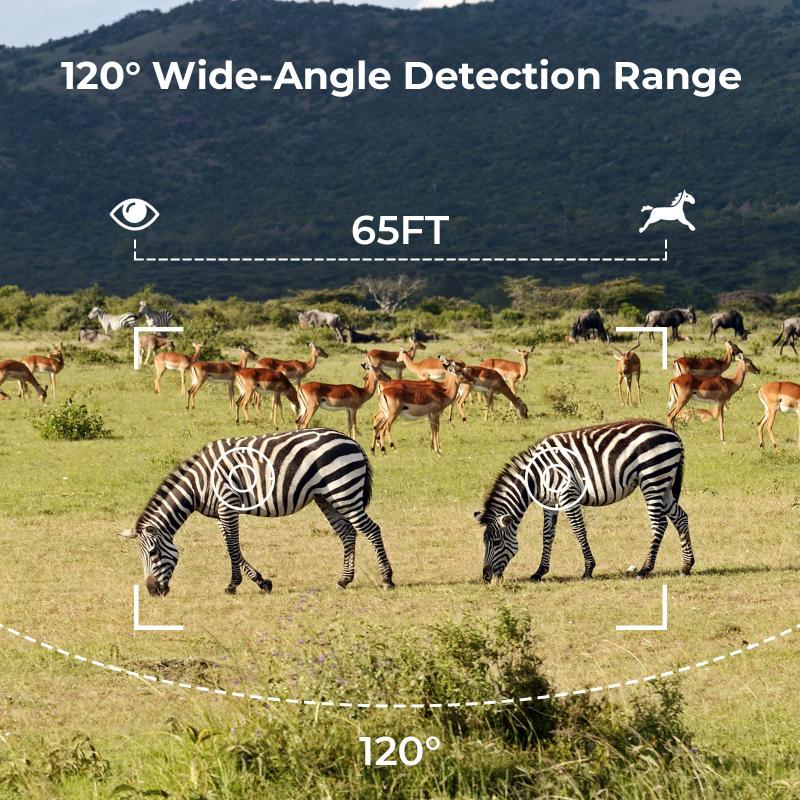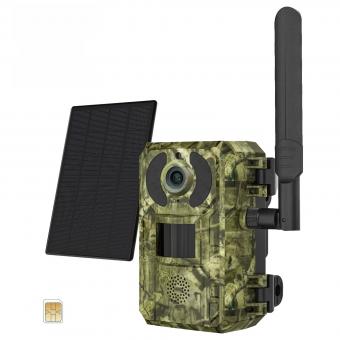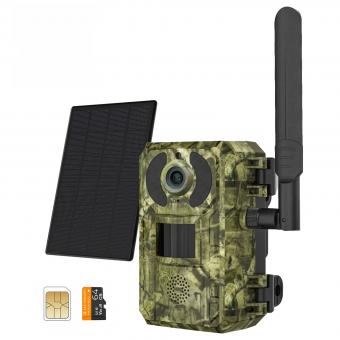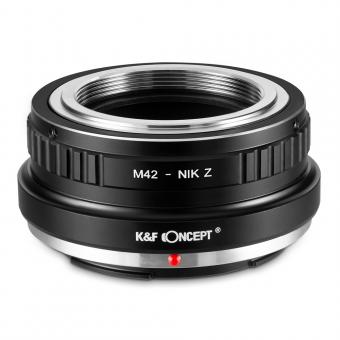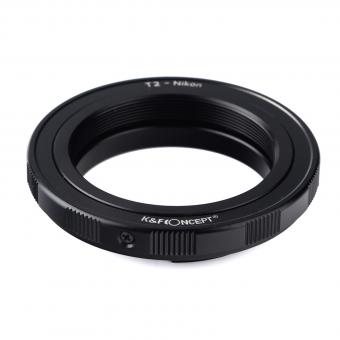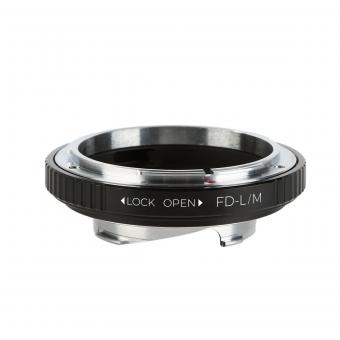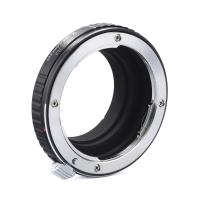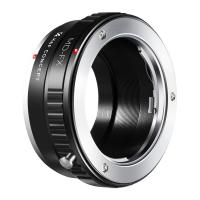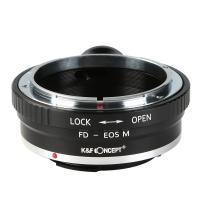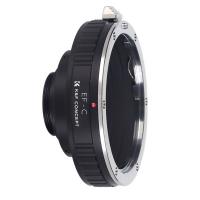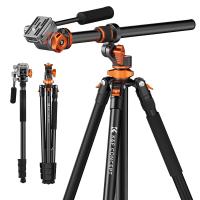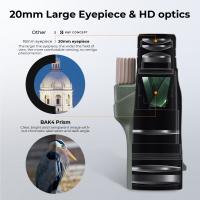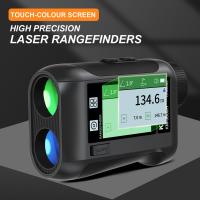How To Setup Network Camera ?
To set up a network camera, you will need to follow these basic steps:
1. Choose a location for the camera and mount it securely.
2. Connect the camera to your network using an Ethernet cable.
3. Configure the camera's settings using its web interface or software.
4. Set up any necessary port forwarding or firewall rules to allow remote access to the camera.
5. Install any necessary software or apps on your computer or mobile device to view the camera's feed.
It's important to choose a high-quality camera and ensure that it is compatible with your network and any other devices you plan to use with it. You should also consider factors such as lighting and weather conditions when choosing a location for the camera. Once the camera is set up, be sure to test it thoroughly to ensure that it is working properly and that you can access the feed from any device you plan to use.
1、 Camera Placement
How to setup network camera:
1. Choose the right camera: Before setting up a network camera, it is important to choose the right camera for your needs. Consider factors such as resolution, field of view, and whether the camera is indoor or outdoor.
2. Connect the camera to the network: Once you have chosen the camera, connect it to your network. This can be done either through a wired or wireless connection.
3. Configure the camera: After connecting the camera to the network, you will need to configure it. This involves setting up the camera's IP address, port number, and other settings.
4. Install software: To access the camera's video feed, you will need to install software on your computer or mobile device. This software will allow you to view the camera's video feed and control its settings.
5. Test the camera: Once the camera is set up and configured, test it to ensure that it is working properly. Check the video feed and make sure that the camera is capturing the desired area.
Camera Placement:
When it comes to camera placement, there are a few things to consider. First, consider the area that you want to monitor. Make sure that the camera is positioned in a way that provides a clear view of the area.
Second, consider the lighting conditions. If the area is poorly lit, you may need to install additional lighting to ensure that the camera can capture clear video footage.
Finally, consider the security of the camera itself. Make sure that the camera is installed in a secure location where it cannot be easily tampered with or stolen. Additionally, consider using a camera enclosure to protect the camera from the elements and potential vandalism.
From a latest point of view, it is important to also consider the privacy implications of camera placement. Make sure that the camera is not capturing footage of private areas, such as bedrooms or bathrooms. Additionally, consider informing people that they are being monitored, as this can help to prevent any misunderstandings or legal issues.
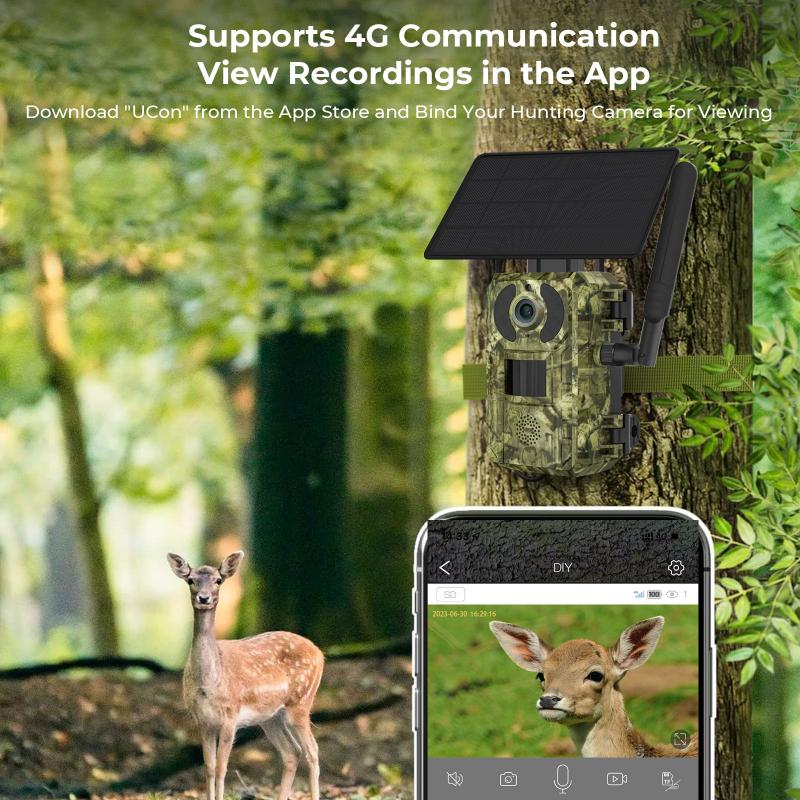
2、 Network Configuration
How to setup network camera:
1. Choose the right camera: Before setting up a network camera, it is important to choose the right camera that suits your needs. Consider factors such as resolution, field of view, and connectivity options.
2. Connect the camera to the network: Connect the camera to the network using an Ethernet cable or Wi-Fi. Make sure the camera is powered on and connected to the same network as your computer or mobile device.
3. Configure the camera: Access the camera's web interface using a web browser and enter the camera's IP address. Follow the instructions provided by the manufacturer to configure the camera's settings, such as resolution, frame rate, and motion detection.
4. Set up remote access: To access the camera remotely, configure port forwarding on your router and set up a dynamic DNS service. This will allow you to access the camera from anywhere using a web browser or mobile app.
5. Test the camera: Once the camera is set up, test it to ensure it is working properly. Check the video quality, motion detection, and remote access.
Network Configuration:
When configuring a network camera, it is important to consider the network configuration. This includes factors such as bandwidth, network security, and network topology. Bandwidth is important because network cameras require a lot of bandwidth to transmit high-quality video. Make sure your network can handle the bandwidth requirements of your camera.
Network security is also important to prevent unauthorized access to your camera. Use strong passwords and enable encryption to protect your camera and network from hackers.
Finally, consider the network topology when setting up your camera. This includes factors such as the number of cameras, the location of the cameras, and the type of network infrastructure. Plan your network topology carefully to ensure optimal performance and scalability.
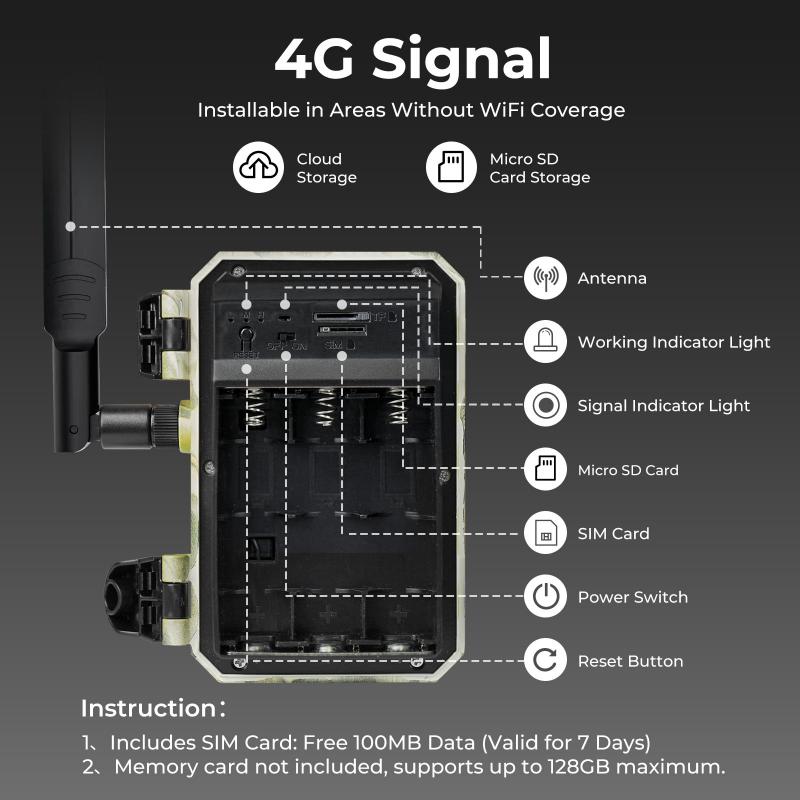
3、 Power Supply
How to setup network camera:
One of the most important aspects of setting up a network camera is ensuring that it has a reliable power supply. Without a stable power source, the camera may not function properly or may even fail altogether. There are a few different options for powering network cameras, including using a power adapter, PoE (Power over Ethernet), or a battery backup system.
If using a power adapter, make sure to choose one that is compatible with the camera's voltage and amperage requirements. It's also important to ensure that the power outlet being used is grounded and can handle the load of the camera.
PoE is a popular option for network cameras as it allows both power and data to be transmitted over a single Ethernet cable. This can simplify installation and reduce the need for additional power outlets. However, not all cameras are PoE compatible, so it's important to check before purchasing.
Finally, a battery backup system can provide added security in case of power outages or other disruptions. This can be especially important for cameras that are monitoring critical areas or assets.
Overall, choosing the right power supply for your network camera is crucial for ensuring reliable and effective surveillance. It's important to consider factors such as compatibility, reliability, and backup options when making your decision.
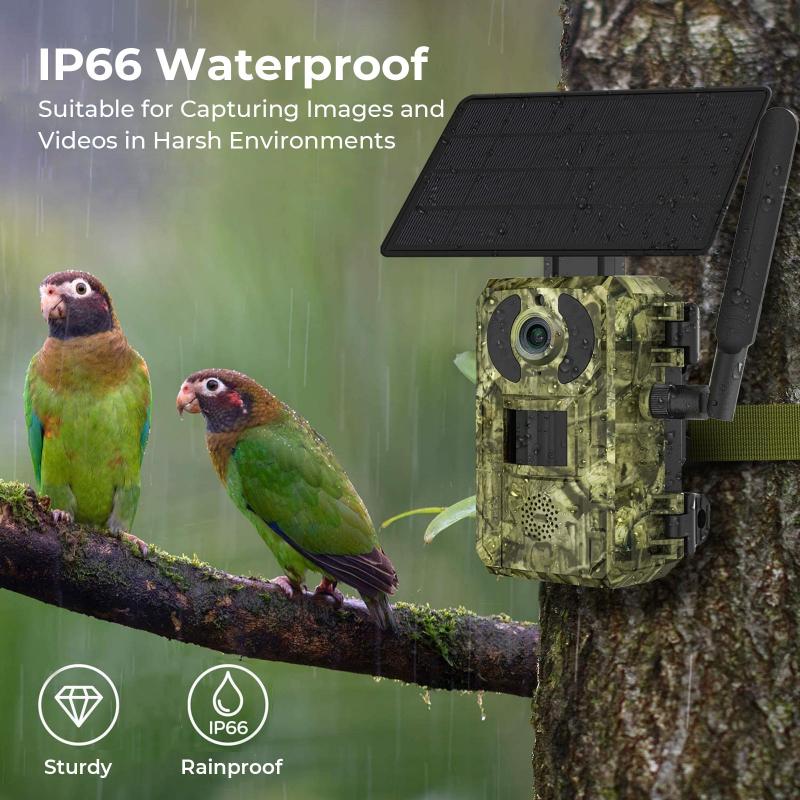
4、 Camera Settings
How to setup network camera:
1. Choose the right camera: Before setting up a network camera, it is important to choose the right camera that suits your needs. Consider factors such as resolution, field of view, and connectivity options.
2. Connect the camera to the network: Connect the camera to the network using an Ethernet cable or Wi-Fi. Make sure the camera is powered on and connected to the same network as your computer or mobile device.
3. Configure the camera settings: Access the camera settings through a web browser or mobile app. Configure settings such as resolution, frame rate, and motion detection.
4. Set up remote access: To access the camera remotely, configure port forwarding on your router and set up a dynamic DNS service. This will allow you to access the camera from anywhere with an internet connection.
5. Test the camera: Once the camera is set up, test it to ensure it is working properly. Check the live feed, playback recordings, and test the motion detection.
Camera Settings:
1. Resolution: Choose the appropriate resolution for your needs. Higher resolutions provide better image quality but require more bandwidth and storage.
2. Frame rate: Adjust the frame rate to balance image quality and bandwidth usage. Higher frame rates provide smoother video but require more bandwidth.
3. Motion detection: Enable motion detection to receive alerts when motion is detected. Adjust the sensitivity and detection area to reduce false alarms.
4. Night vision: Enable night vision to capture clear images in low light conditions. Adjust the infrared sensitivity to reduce glare.
5. Audio: Enable audio to capture sound along with video. Adjust the microphone sensitivity and speaker volume as needed.
6. Privacy masking: Use privacy masking to block out sensitive areas in the camera's field of view. This can be useful for protecting privacy or complying with regulations.
